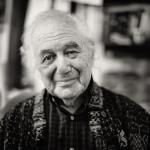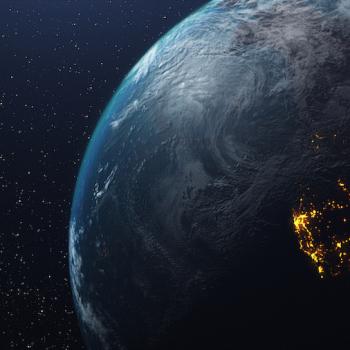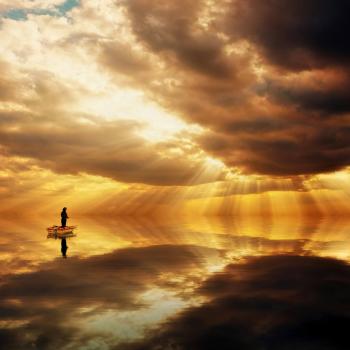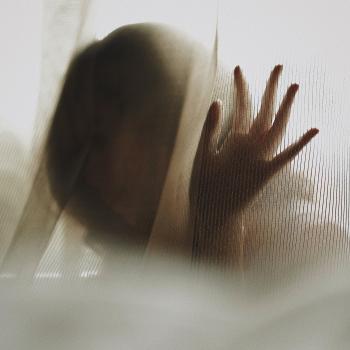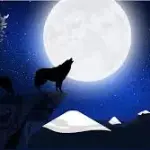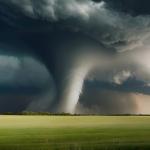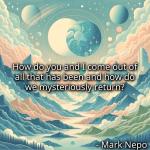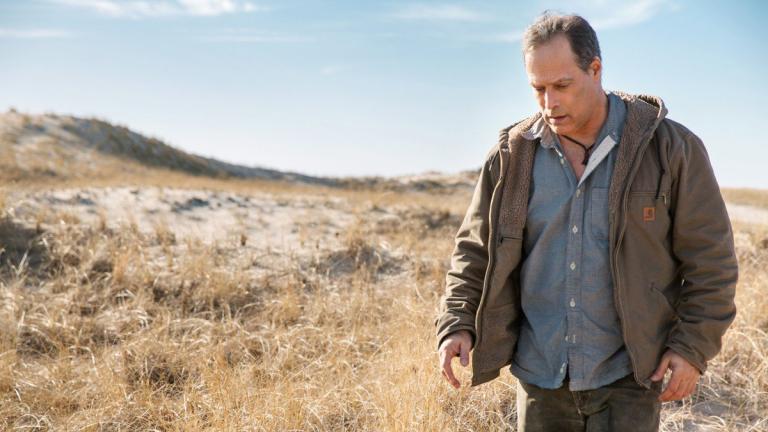
What happens when we die? Is it lights out, game over? Or is there more to it, something hinted at by those who have had a near-death experience (NDE) and appear to catch a glimpse of an afterlife? These are some of the questions Sebastian Junger addresses in his new book My Time of Dying: How I Came Face-to-Face with the Idea of an Afterlife.
You may know Junger as the author of several books including The Perfect Storm and Tribe and as the producer of the award-winning war documentary Restrepo. What you should also know is that he is a confirmed atheist. Middle-aged but still strapping, one day a sudden illness almost literally stops Junger dead in his tracks.
The story goes like this: He was 58 years old and, aside from a minor stomach issue he chose to ignore, seemed to be in good health. Then, while out for a walk in the woods with his wife in rural Massachusetts, he suffered a “ruptured pancreatic artery.” With his wife’s help, he staggered home. An ambulance was called. By the time he made it the hospital, his chances of survival were less than twenty percent.
As he lay dazed on a hospital gurney, doctors working to stem his internal bleeding, he became aware of something to his left side. A black pit. He felt himself being pulled toward the pit, a place of infinite darkness. He wondered “is this it?” and if death was now unavoidable. He then came to a curious realization. In his words:
I became aware of something else: My father. He’d been dead eight years, but there he was, not so much floating as simply existing above me and slightly to my left. My father exuded reassurance and seemed to be inviting me to go with him. “It’s okay, there’s nothing to be scared of,” he seemed to be saying. “Don’t fight it. I’ll take care of you.”
Junger later remembered that just before this event he had told the doctor to “Hurry up, you’re losing me. I’m going right now.” At this point he saw his father. He was conscious enough to speak and at the same time his deceased father was there with him. He was “somehow urging me to stop struggling and go with him.” He could give up the fight and go with his father into the darkness.
Junger’s NDE (Near Death Experience) is not unique
As strange as his story may sound, Junger’s story about seeing a dead relative who was about to usher him into the afterlife is not unique. It’s a common phenomenon, like walking through a brightly lit tunnel, of those who have approached death’s door only to find it closed. It has happened for centuries across different cultures and religions. He cites several studies and anecdotes, including:
- A Dutch study of 344 people who survived cardiac arrest found that up to 18 percent had memories of “meeting dead loved ones, being ushered through a tunnel of light, and existing outside their bodies.”
- A neurobiologist who had an NDE reports, “I Iost everything. I lost my body, the world, the ego. There was just bright light, ecstasy.” She came away with the feeling there was no border between herself and others—she is a part of everything, and everything a part of her.
- A friend of Junger’s in her mid-seventies was in a head-on collision and suffered cardiac arrest. She remembers running through a field of beautiful flowers and then “rushing toward two long-dead friends I hadn’t thought about in years.” She was filled with love and joy but just before she reached them, she felt herself “yanked” back into her body.
Did Junger foresee his possible death?
Here’s another strange part of the story. Two nights before the incident in the woods that would bring him near death, Sebastian Junger had a dream. It was as if he had seen the future. He was floating in the air and his wife and children were below him but beyond his reach. In his words, he felt as if “I was headed into an infinite void that apparently now owned me and would never let me return.” He was floating above his family with no way to communicate with them.
Had Junger been given a glimpse of a possible future, one that didn’t come to pass? The author brings up the “many worlds” theory, a concept that bizarrely has a basis in real science. As Junger explains, the theory posits that “at every moment, all possibilities in our lives are followed, and an almost infinite multiplicity of universes extend out from there.” In one world, Junger did not survive his ruptured artery, and was given a glimpse of that potential reality. But in the one and only world he is aware of, he was blessedly returned to his family and the world of the living.
Junger finds himself with more questions than answers
The event did not change his view of God though his mind is more open now. It may have nothing to do with God, but he has come to believe there is a world that exists beyond the one we now inhabit. It leaves him with many questions, including these:
- Given that our existence on earth is almost infinitely unlikely, what if there were some kind of post-death existence?
- Why do the dying—and only the dying—keep seeing the dead in their last days and hours?
- What if the dead were not entirely gone or at least not bound by the rules of time and space as we know it?
- What if the great mysteries, from spirits and ghosts to coincidences and telepathy had a rational explanation?
What do you think? Does consciousness continue after the death of our bodies? What is the strange world we enter after death and is it akin to what some people call heaven? I’ll be writing more about near-death experiences next month when I’ll be featuring the book After by Dr. Bruce Greyson.



